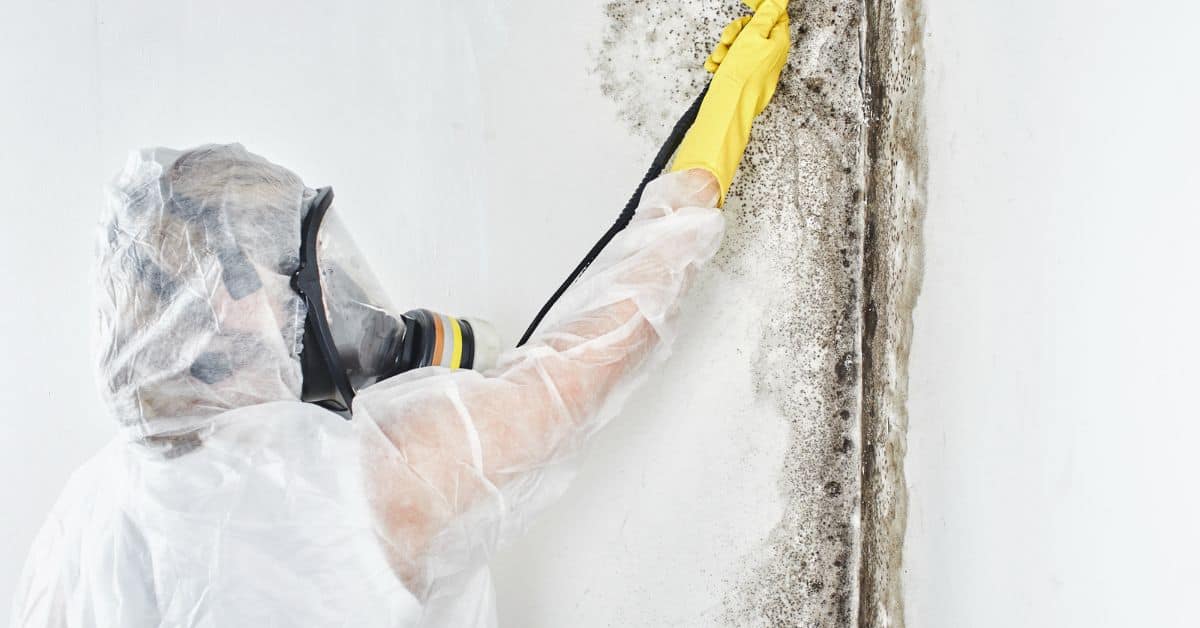Are you worried about the health risks of black mould in your home?
Black mould is a type of fungus that can cause serious health issues if it’s not removed.
While black mould is commonly found in many environments, it can be hazardous to human health and can cause a range of symptoms and respiratory infections.
It can trigger allergies and asthma, as well as more severe respiratory illnesses.
But don’t worry – there are steps you can take to remove it and improve your family’s health.
With the right tools and techniques, you can get rid of black mould quickly and easily.
You won’t have to worry about its harmful effects on your family anymore, giving you peace of mind knowing they are safe from this dangerous fungus.
In this article, we will discuss the dangers of black mould and how you can remove mould and improve your health.
The Dangers Of Black Mould: Removing It Can Improve Health
What Is Black Mould?
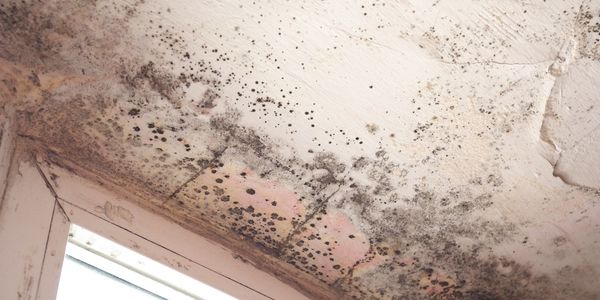
Black mould, also known as Stachybotrys chartarum, is a type of fungus that can grow in damp or moist environments.
It is commonly found in buildings, homes, and other structures that have water damage, high humidity, or poor ventilation.
Health Risks Associated with Black Mould Exposure

Black mould growth and exposure in the home can cause a range of health concerns, particularly for people who are sensitive to mould and can have allergic reactions.
The most common symptoms associated with black mould exposure include sneezing, a runny nose, congestion, red eyes, respiratory problems, and skin rashes.
People with allergies or those who have compromised immune systems may experience more severe symptoms, including;
- Headaches.
- Nausea.
- Fatigue.
In addition to these symptoms, long-term exposure to black mould can lead to more serious health concerns, including neurological symptoms such as memory loss, balance problems, and muscle weakness.
Black mould exposure can also cause respiratory issues, such as bronchitis and pneumonia, and can trigger asthma and other respiratory illnesses.
Moulds On The Wall
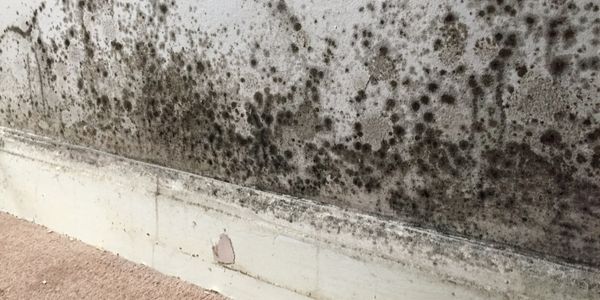
Moulds on the walls are a common problem in many homes and businesses.
Mould often grows on internal walls due to high levels of humidity, poor ventilation and dirt build-up over time.
Mould spores are released into the air which can cause health issues for people with allergies and asthma.
It is important to get rid of mould as soon as possible to avoid potential health risks.
One way to get rid of mould is to use a mould spray, which should be applied according to the manufacturer’s instructions.
In addition, good ventilation and keeping surfaces clean can help prevent the growth of mould in the future.
If mould persists, then it may be necessary to call a professional cleaner who has experience removing mould from walls safely.
Taking all these actions will help keep your home or business safe from any potential health risks associated with mould on the walls.
Mould Spores
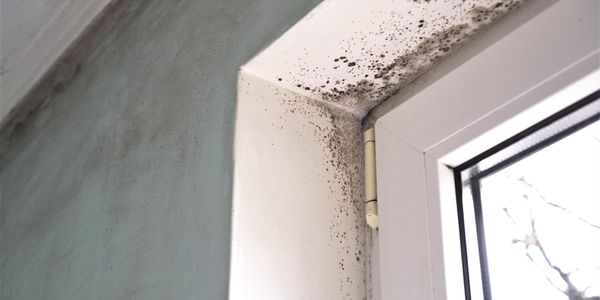
Black mould is a serious health hazard that should not be taken lightly.
Long-term exposure to black mould spores can cause a range of symptoms and health problems, including respiratory conditions, neurological symptoms, and other serious health issues.
The only way to truly protect yourself and your family from the dangers of black mould are to remove it from your home or building.
If you suspect that you may have a mould problem, it is important to contact a professional mould remediation specialist to assess the situation and develop a plan to remove the mould and prevent it from returning.
Eradicating black mould can improve your health and the health of your family, and it is a necessary step in maintaining a safe and healthy living environment.
Moulds and Mildews
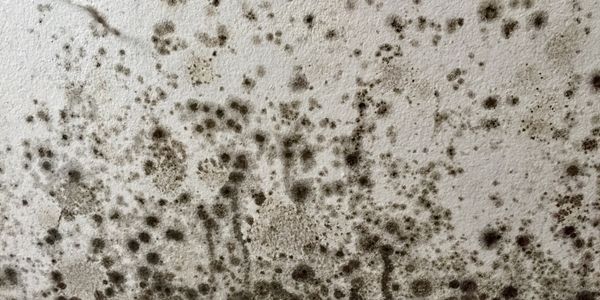
Moulds and Mildews which thrive in damp environments cause microscopic mould spores to become airborne and are then inhaled.
When this happens a person may experience symptoms such as headaches, sore throat, runny nose, asthma symptoms and difficulty breathing.
Since these physical symptoms can oftentimes be misdiagnosed due to their ambiguity they can go untreated for long periods of time resulting in negative mental health effects such as depression, anxiety, irritability and even suicidal thoughts.
Mould and mildew are both fungi that can cause damage to buildings and negatively affect people’s mental health.
However, when it comes to mould on walls, the effects can be much more severe than with mildew.
Black mould, or Stachybotrys Chartarum, is a particularly harmful species of mould that releases microscopic spores into the air.
These spores can cause a range of health issues, including respiratory problems, memory loss, balance problems and muscle weakness.
It is important to act quickly if you suspect you may have black mould in your home or building in order to prevent any further harm.
Remove Mould to Improve Health
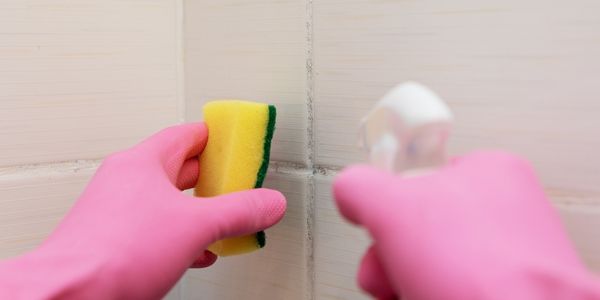
The only way to truly protect yourself and your family from the dangers is to get rid of mould from your home or building.
The process of removing serious black mould colonisations can be complex and should be performed by a professional mould contractor.
How To Treat Mould
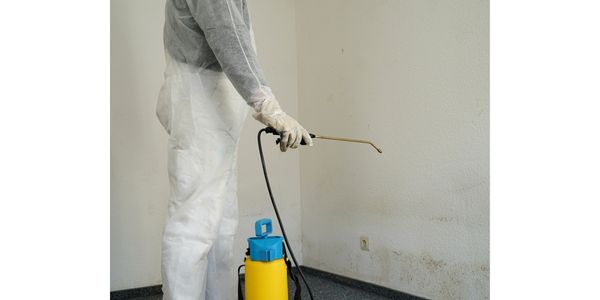
Mould is a common problem in many homes, often caused by poor ventilation, damp walls and other internal factors.
To combat this issue, the first step is to locate and identify the source of the mould.
Most people notice mould on walls, windows, skirtings and cold spots around the house – this can be done through a thorough inspection of the building by a surveyor or contractor.
Once identified, your contractor will develop a plan to treat mould so that it does not return.
This could involve removing contaminated materials such as drywall, carpeting and insulation before cleaning and treating affected areas with antifungal agents.
In more serious cases, it may be necessary for the entire building to be gutted and rebuilt in order to completely remove all traces of black mould.
It’s important to note that attempting to clean up mould yourself can actually make things worse.
You risk spreading mould spores throughout your home or building which could lead to allergies or even serious health issues if left unchecked.
The best way to ensure effective removal is to use an experienced professional who has knowledge of how best to clean mould. deal with this issue.
In addition to cleaning up existing mould problems, there are some preventative steps that can be taken in order to protect against future infestations such as ensuring good airflow throughout the home through proper ventilation systems and airing out rooms with fresh air regularly.
It’s also important that any signs of water damage or leaks are dealt with quickly as they can lead to damp walls which can then become a breeding ground for black mould.
Taking these simple steps will help avoid costly repairs in the future as well as keep your home healthy and safe for everyone living inside it.
How Can I Prevent Mould Growing?

Fortunately though because black mould is a preventable problem there are ways to help avoid any mental or physical problems from occurring.
Ensuring one’s home is properly ventilated by opening windows regularly is essential for keeping moisture levels down and preventing the growth of mould and mildew altogether.
Also ensuring all leaks are fixed quickly as well can help keep mould at bay.
It is also recommended to have air quality tests done especially if the aforementioned suggestions do not seem to be helping with odours or noticeable dampness in one’s home environment.
If you find mould, it is important to get rid of it with a damp cloth and mould spray or mould killer for removing mould on walls.
Make sure to use rubber gloves and wear a mask in case you release mould spores when you clean the mould.
Once you are finished, make sure to get rid of all excess moisture and have plenty of air circulation.
Best Practices In Managing Mould
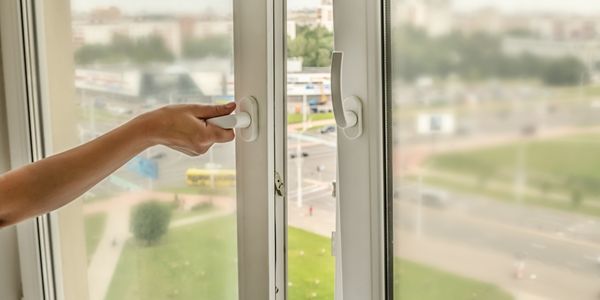
Best practices like these when used together help create healthier indoor environments; both physically and mentally speaking which leads to improved mental health overall.
Taking the steps today towards creating cleaner homes means ultimately having more optimistic outlooks towards life which then reflects positively in our conversations, relationships with others and most importantly with ourselves.
- Ventilation: Good ventilation is key in preventing dampness and mould.
Open windows and doors to allow air to circulate, especially in areas where moisture is produced, such as bathrooms and kitchens.
You can also install exhaust fans in these areas to help remove moisture from the air.
- Moisture control: Preventing moisture buildup is another important step in preventing dampness and mould.
You can do this by fixing any leaks in the roof, walls, and pipes, and ensuring that bathrooms and kitchens have proper drainage.
Additionally, you should avoid drying clothes indoors and use a dehumidifier if necessary.
Some of the more modern dehumidifiers also have air purification systems which also improve air quality and help to filter mould spores from the air you are breathing.
- Heating: Proper heating is important for preventing dampness and mould.
Ensure that your home is adequately heated.
- Maintain a temperature of at least 18°C and that the heat is distributed evenly throughout the house.
This will help to prevent condensation, which can lead to mould growth.
- Insulation: Insulating your home can help to prevent dampness and mould.
Insulation helps to reduce the amount of excess moisture that builds up in the walls, ceilings, and floors, and it also helps to keep the temperature consistent.
- Keep your home warm in winter, which reduces the risk of condensation.
- Cleaning: Regular cleaning is another important step in preventing dampness and mould.
This includes cleaning surfaces that are prone to mould growth, such as walls, ceilings, and bathroom tiles, as well as regularly wiping down surfaces that are likely to produce moisture, such as bathroom mirrors and kitchen counters.
- Humidity control: Maintaining a relative humidity level of between 30-50% can help to prevent dampness and mould.
You can monitor the humidity levels in your home using a hygrometer, and you can use a dehumidifier if necessary to maintain the recommended levels.
Some dehumidifiers have air purification systems which can be excellent at improving the quality of air in your home.
- Use mould-resistant products: When renovating or redecorating your home
Consider using mould-resistant paint, to help prevent mould growth.
- Rising damp – Rising dampness is a problem
In old buildings where the walls become damp and wet due to too much moisture coming up from the ground.
Preventing dampness and getting rid of mould are essential for maintaining a healthy living environment.
By following these steps, you can help to keep your home free from dampness and mould and protect your health and well-being.
How Mould Affects Mental Health
Mental health is a delicate topic that often requires attention, and mould can often be an overlooked source of disruption in this regard.
You may not immediately think of it, but black mould, or Stachybotrys Chartarum, can have a profound effect on one’s emotional, behavioural and psychological well-being.
Symptoms of Black Mould exposure
Exposure to black mould, or Stachybotrys Chartarum, can have a wide range of physical symptoms.
These symptoms can range from mild to severe and often depend on the amount and length of exposure to the mould.
Some common physical symptoms associated with black mould exposure include coughing, wheezing, sore throat, nasal congestion, itchy eyes and skin irritation.
In addition to these physical effects, those exposed may also experience headaches, fatigue, dizziness or lightheadedness, vertigo or balance issues, nausea and difficulty concentrating.
If these physical symptoms are severe or last for longer than a few days it is important to seek medical attention immediately.
Black mould can cause serious long-term health issues if left untreated.
People who suffer from chronic illnesses such as asthma may be particularly vulnerable to the effects of black mould exposure due to their weakened immune systems and should take extra care when dealing with any possible sources of mould in the home.
In some cases, black mould can lead to mental health conditions such as depression and anxiety due to its link with certain toxins that can affect brain chemistry.
Those affected by black mould exposure need to take steps towards improving their mental well-being such as talking through their experiences with friends and family or visiting a therapist if need be.
In general, it is best practice to do whatever you can to prevent black mould in your home.
Can Air Purifiers Help With Mould Growth?
Air purifiers can help to purify the air from mould fragments by using filter layers to absorb mould and other volatile organic compounds.
The best air purifiers typically contain one or more HEPA filters which remove indoor pollutants such as mould.
According to “VeryWellHome”, air purifiers can help with mould, however, they will not completely solve the problem of mould fragments.
Final Thoughts On Removing Mould On Walls
Removing mould from your home is essential for protecting both your physical and mental health. It can be a daunting task, but with the right precautions and knowledge, you can make sure that it’s done safely and effectively.
To prevent mould growth in the first place, ensure proper ventilation by opening windows regularly as well as taking care of any leaks quickly.
If you find mould, use rubber gloves and wear a mask to protect yourself while cleaning it up using damp cloths or special sprays or killers specifically designed to remove mould on walls.
Once finished, get rid of all excess moisture and have plenty of air circulation throughout your house.
Lastly, if you experience any severe physical symptoms lasting more than a few days due to black mould exposure seek medical attention immediately as this could lead to serious long-term health issues such as depression or anxiety-related problems if left untreated.

